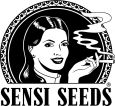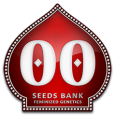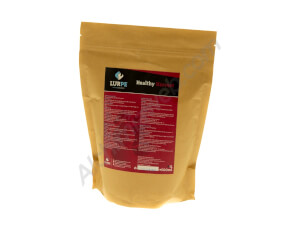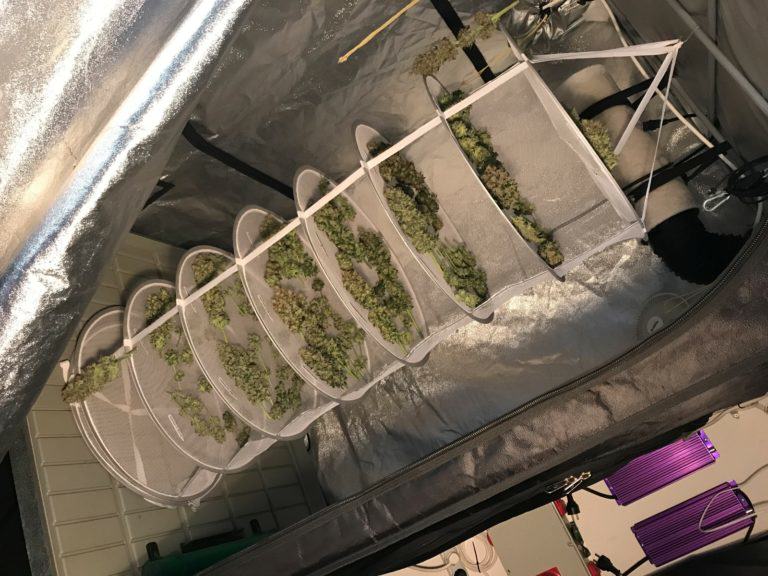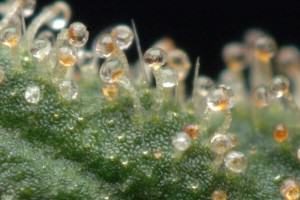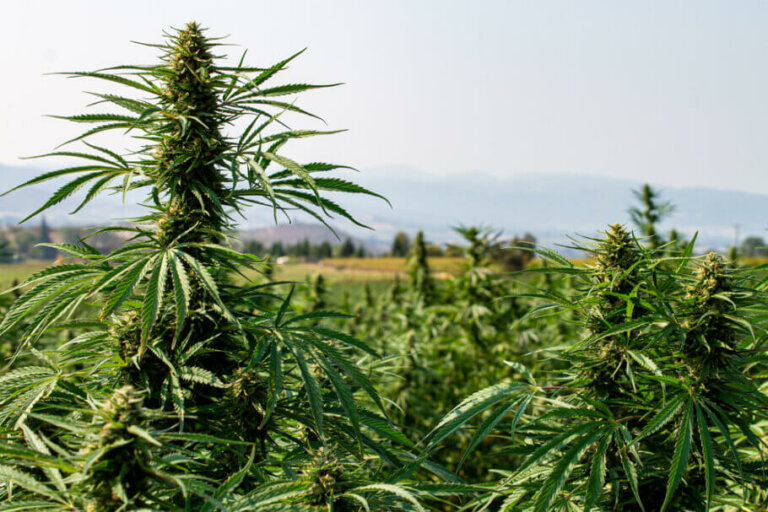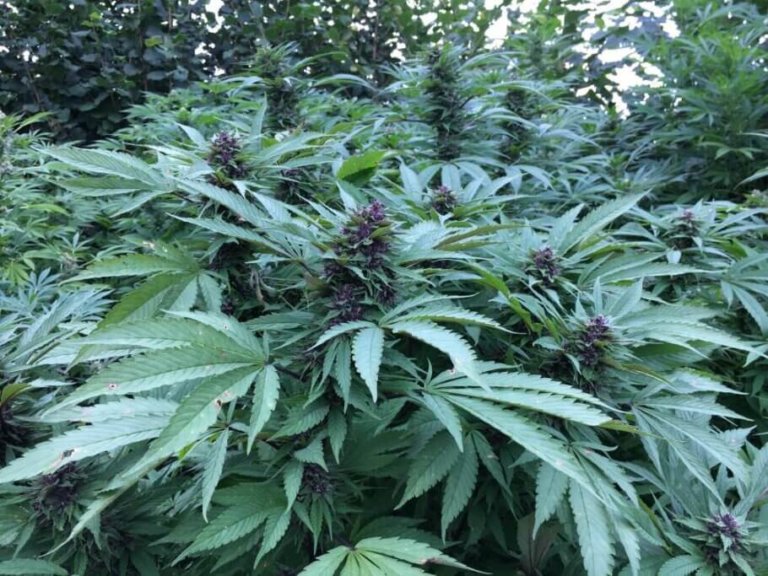When to harvest cannabis plants?
List of contents
The cannabis harvest is one of the most anticipated and rewarding moments for growers of this plant, the culmination of months of dedication, care, and patience, which culminates in the harvesting of the fruits of hard work. In this process, growers have the opportunity to harvest and enjoy a preview of the aromatic terpene combinations that await them.
In this article, we will focus on the cannabis harvesting process, from pre-preparation to the different possible methods to establish the perfect moment to cut your plants and obtain a superior quality harvest. Join us and discover the secrets to obtaining the best results from your own cultivation!
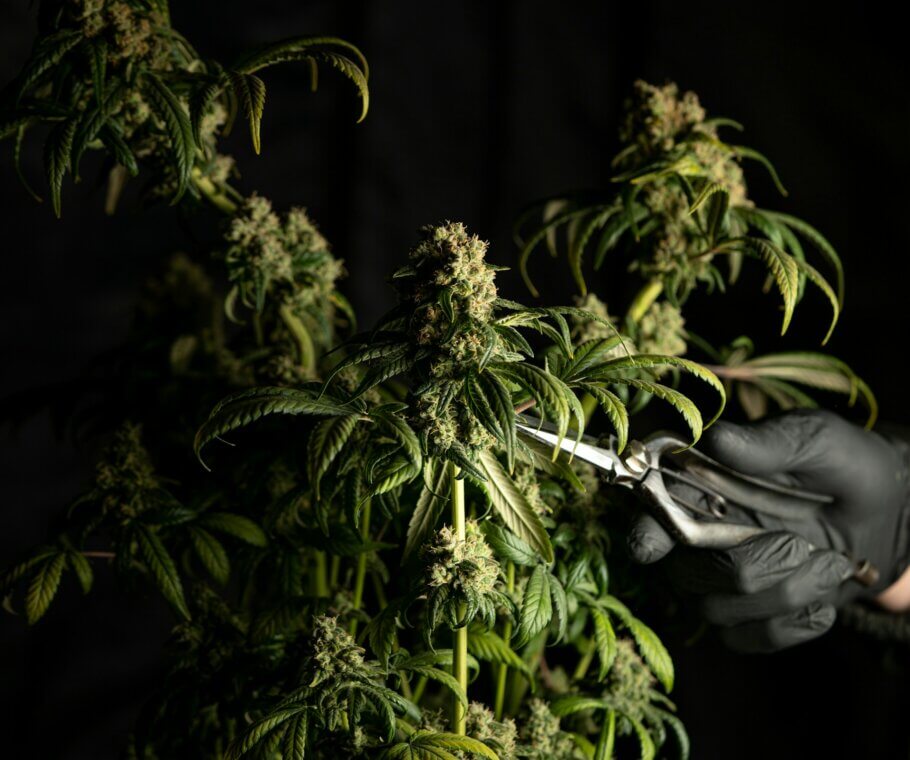
Harvest marijuana
The big question that many growers ask when harvest time comes is: When should I cut my cannabis plants? It is a question that can have multiple answers, depending on the conditions of our cultivation, the state of maturity of the plants, and also our personal preferences regarding the type of effect we want.
Indeed, we normally talk about a "harvest window", a period of a few days in which the plant is ready for harvest. Take, for example, a variety like Chiquita Banana from Philosopher Seeds, which is usually harvested after about 8-9 weeks of flowering. Well, we would have a week window between days 56 and 63 of flowering; If harvested earlier, the effect achieved will be more stimulating and cerebral, while the later we harvest, the more relaxing it will acquire.
To know if a plant is about to harvest we will take into account different factors, although as you will see the main one to take into account will be the state and color of the glandular trichomes.
Recommendations from the Seed Bank
Normally, when we buy a package of seeds the producer will recommend an approximate harvest date or an approximate duration of the flowering phase, which will serve as a first reference to be attentive when the time to harvest approaches. This recommendation, although important, is not a fixed fact since it can change depending on the latitude in outdoor cultivation or according to the environmental conditions in the case of indoor cultivation.
The color of the pistils
One of the most visible - but potentially ambiguous - indications of flower maturity can be the color of the pistils. These "hairs" will tend to turn brown as the shoots mature, so when we see that more than half of them are orange/brown, it means that harvest time could be near. As a general rule, if we harvest the plants at this time, their effect will be more psychoactive, while if we wait and harvest when all the pistils are brown, their effect will be more narcotic.
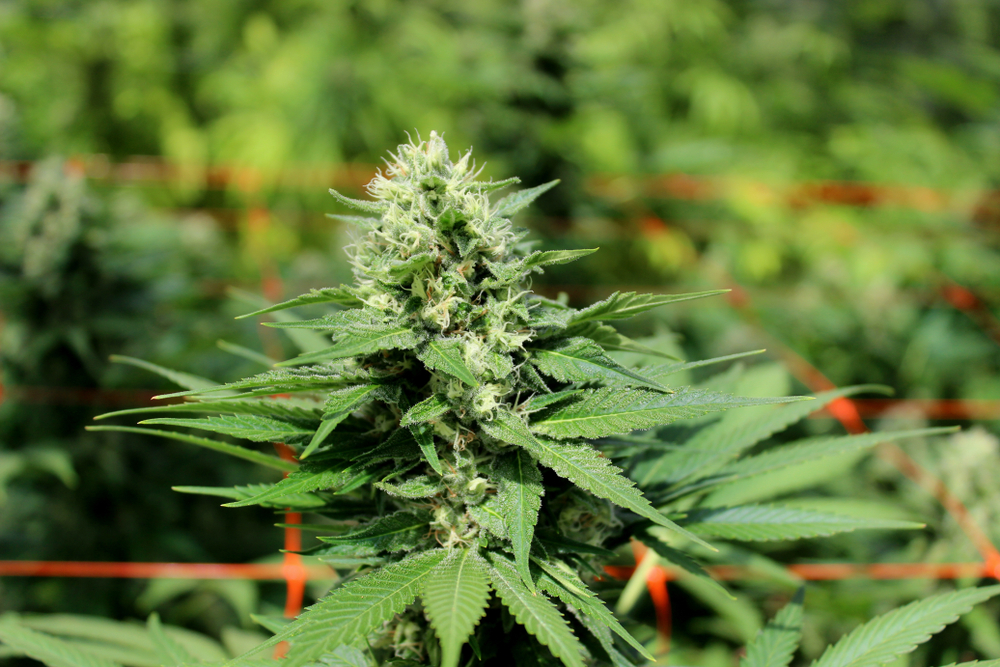
However, this method can be misleading and is not the most reliable way to verify maturity. This is because pistils can turn brown for a number of unrelated reasons, for example rain, periods of drought, or strong, dry wind, as well as foliar application of certain plant protection products or after pollination, all of which can alter the appearance of the pistils long before harvest time. Conversely, some varieties will continue to produce white pistils even though all the trichomes are amber and the plant is ready to harvest.
For this reason, we always recommend using a hand-held magnifying glass or microscope to accurately verify trichome maturity, as will be explained below. A close look at the trichomes will always give you a true idea of the degree of maturity of the trichome and, consequently, the effect that your flowers will tend to produce.
Observing the trichomes of the buds
To apply this system you will need a magnifying glass of at least ten times, although microscopic magnifying glasses of at least 50 times are ideal. If you have a good camera on your phone, a macro photo that you can then enlarge will probably also work. Basically, it is about observing the glandular trichomes of the plants to see if they have reached the optimal point of maturation, which is when they are fully formed and at least half of them have already gone from crystalline in color to an opaque milky color.
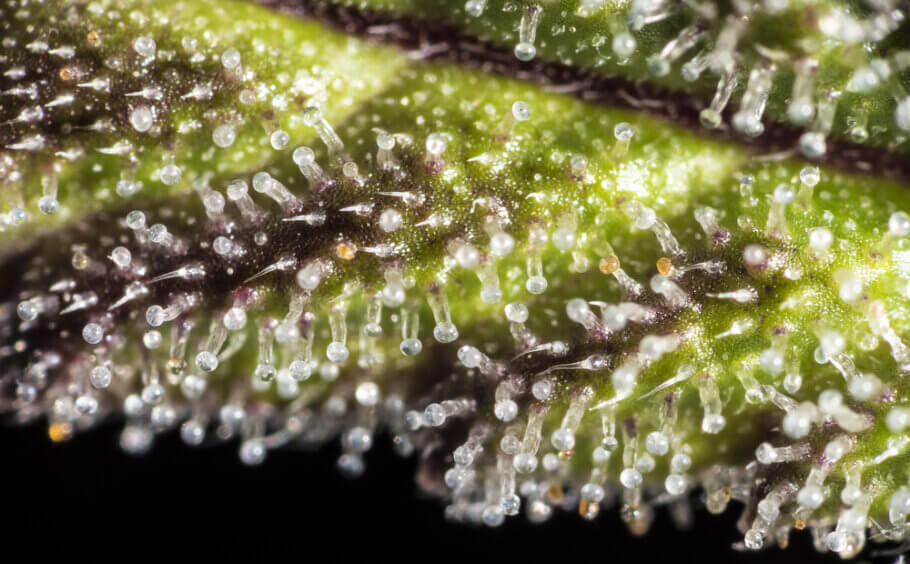
As trichomes form and produce and store more and more compounds, their color changes. When the flowers begin to form, you will see that all of them are transparent, even though they already have their stem and head completely formed. As flowering progresses and the plant approaches maturation, this color changes towards milky or whitish; After a few days, and already showing signs of senescence, the trichomes show a beautiful amber color.
Continuing with our example with the Chiquita Banana (8-9 weeks of flowering), we can find that after 50 days the plant already shows some milky trichomes, at 58 days most of them are, and at 65 days many of them have already acquired amber color. This is, without a doubt, the most reliable method of all the systems we have seen to correctly establish the optimal point for harvesting cannabis.
Drying and curing marijuana buds
Today we are going to explain all the necessary steps to correctly carry out the marijuana drying processes and its subsequent curing. If you have been careful when growing, you must be careful during and after harvest, otherwise you risk seeing the quality of your flowers seriously compromised, which would be a shame!
Once we have analyzed all the factors and have decided to cut the plants, we will look for the time of day when the relative humidity is as low as possible to avoid moisture remaining inside the bud and we will proceed to cut the plant. It can be cut whole or by branches, in the way that is most comfortable for us. Then we will proceed to trim the cannabis buds, which consists of cutting the largest leaves of the plant and the leaves without resin, and then we will cut them and put them to dry in a dry, cool, ventilated, and dark place.
Happy harvest!




